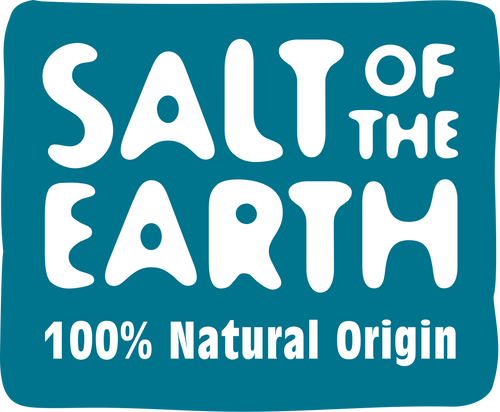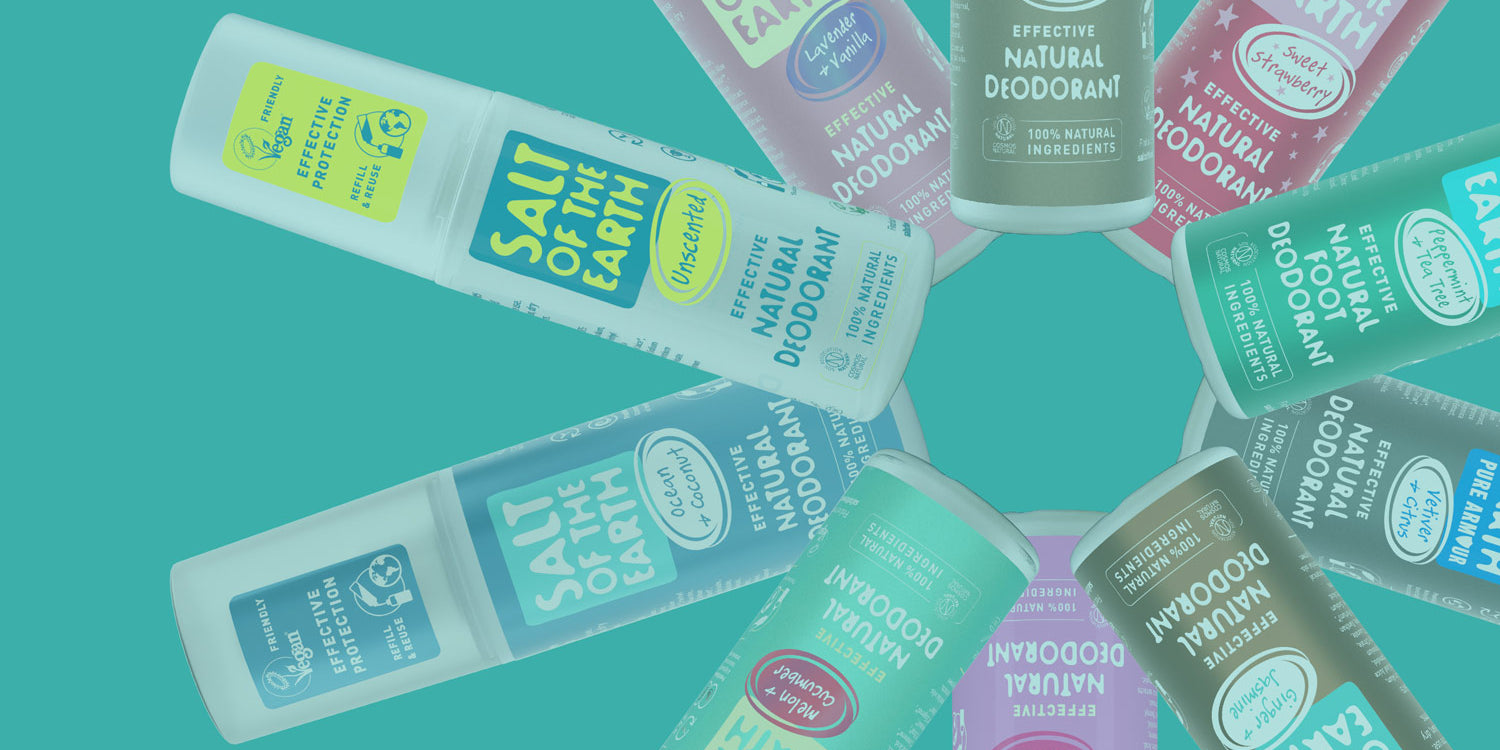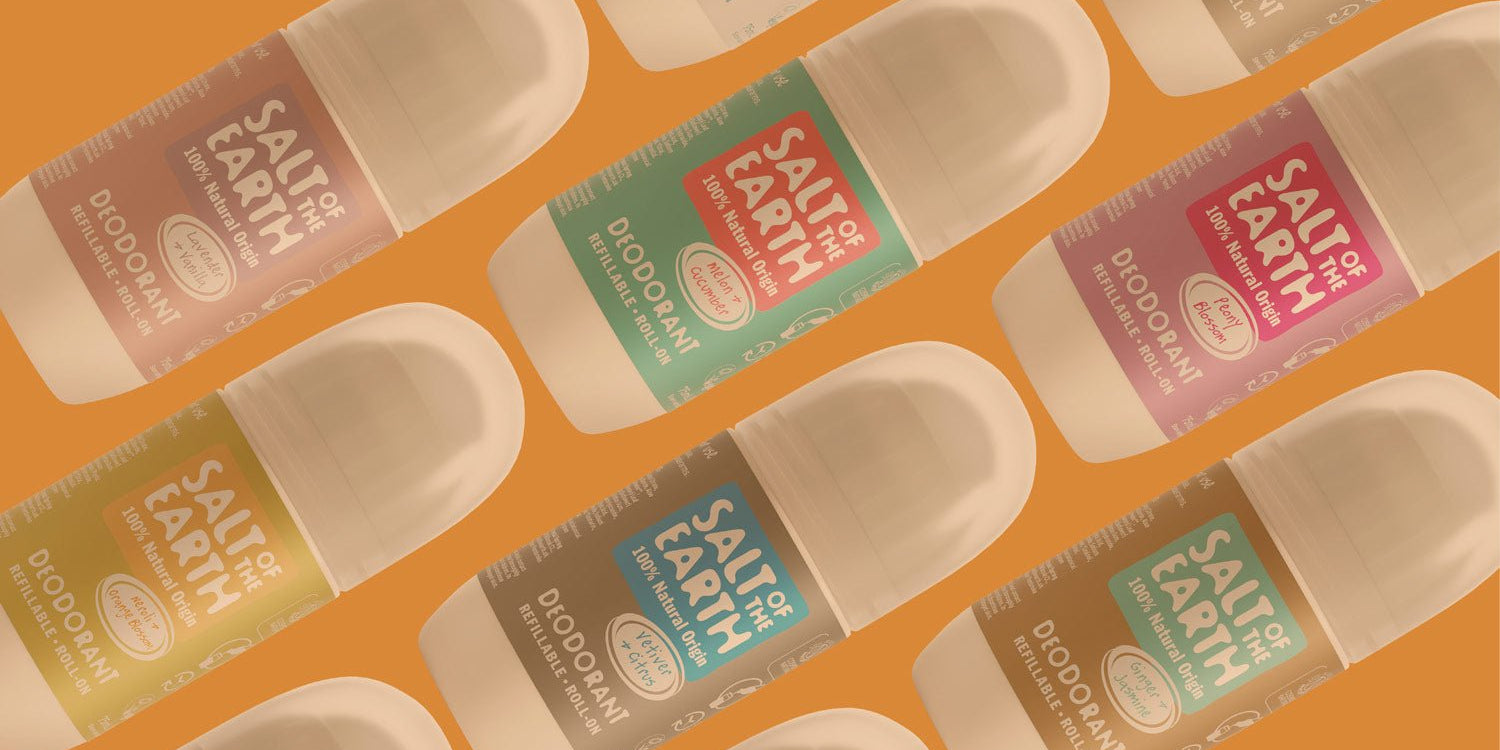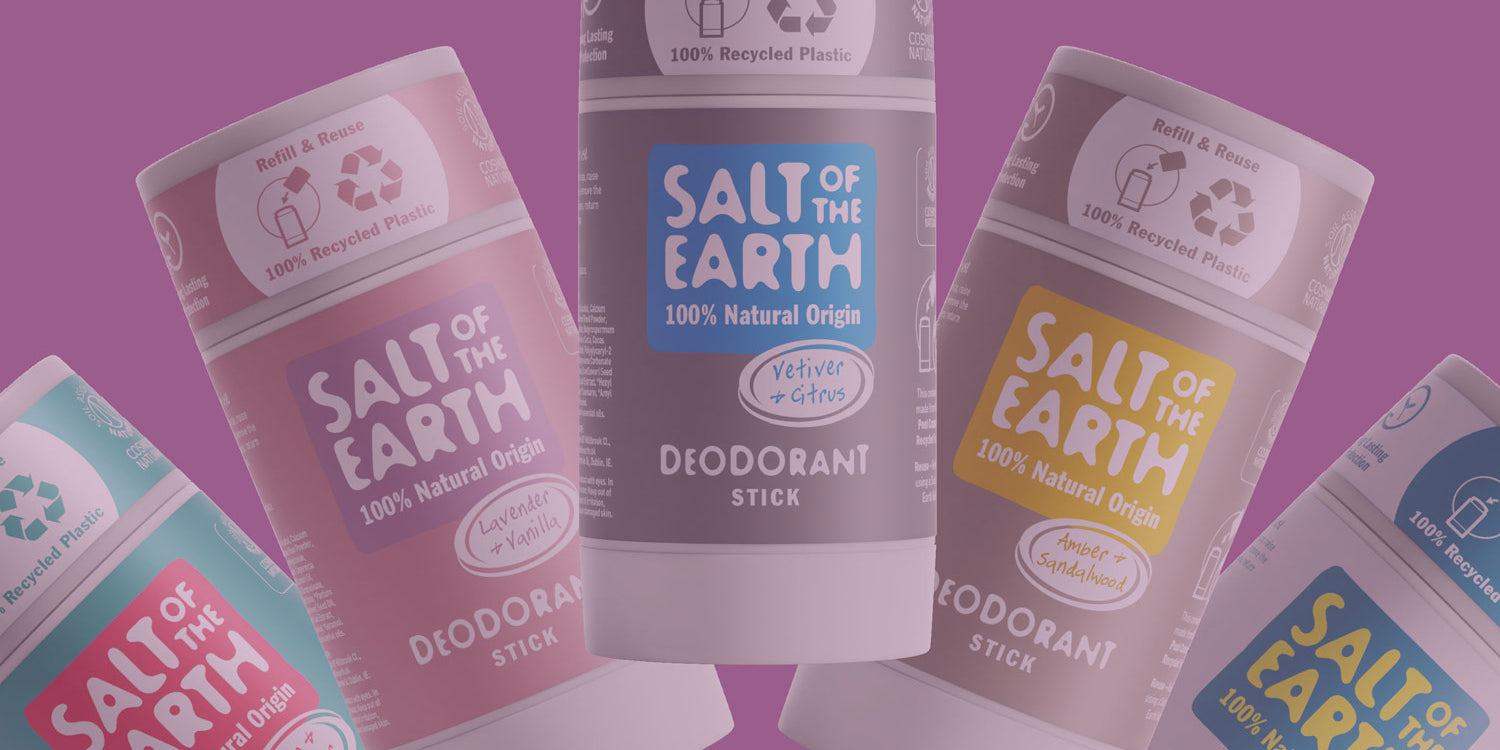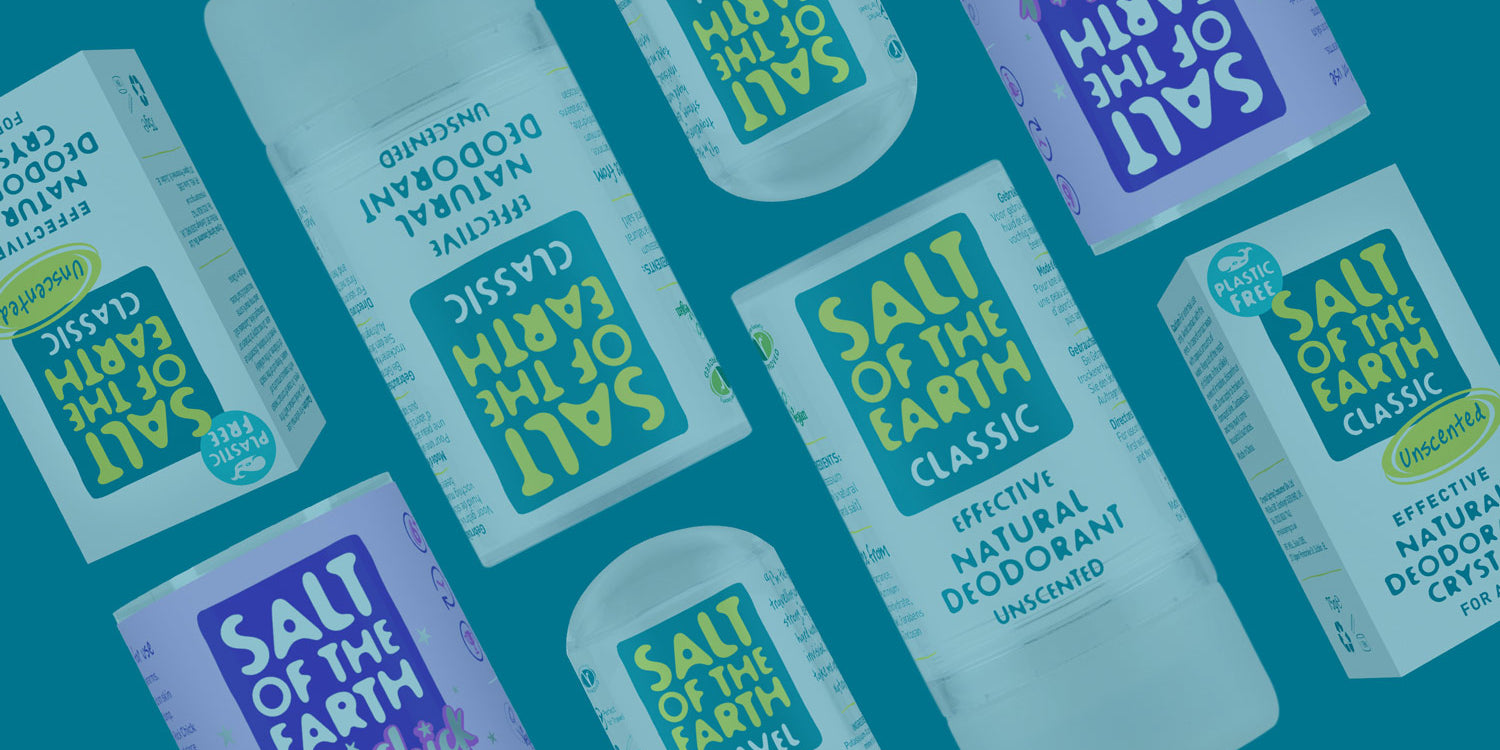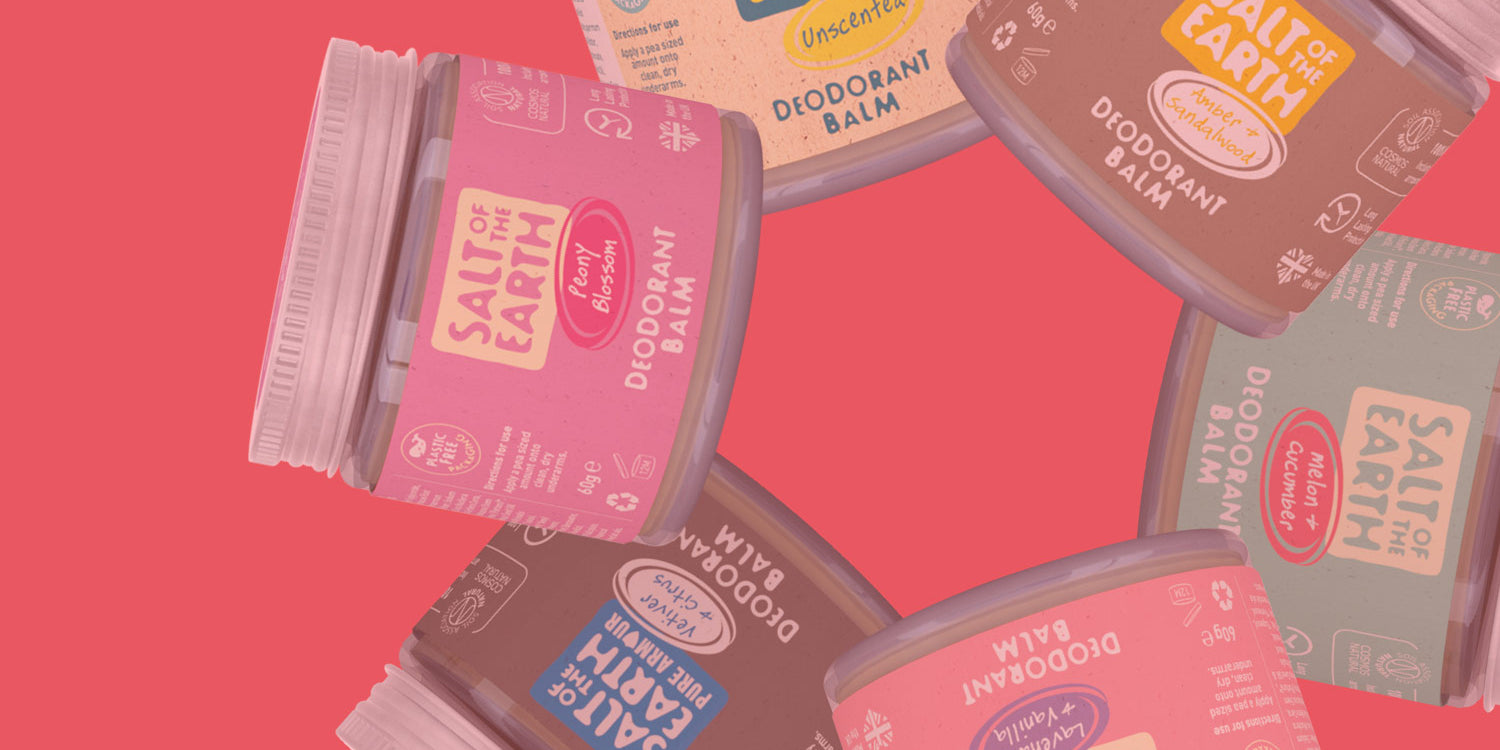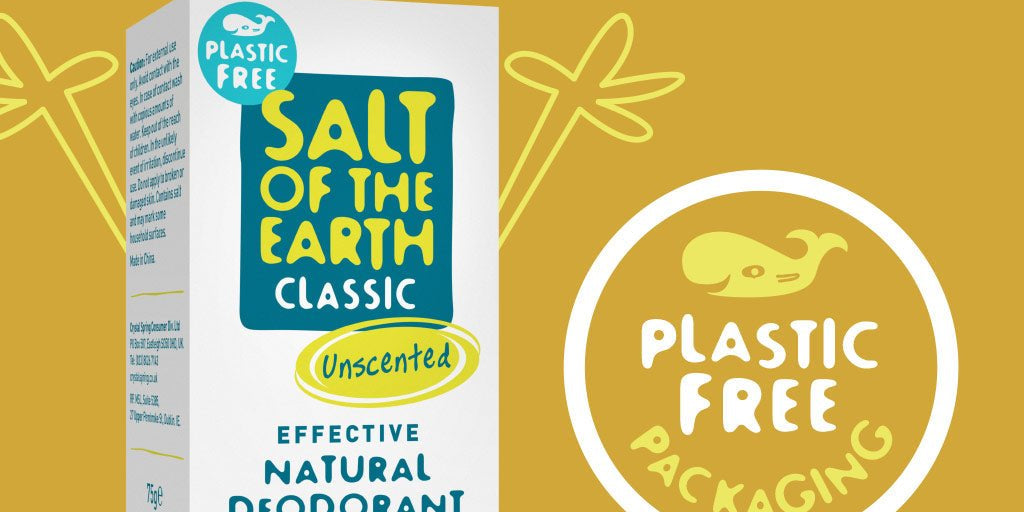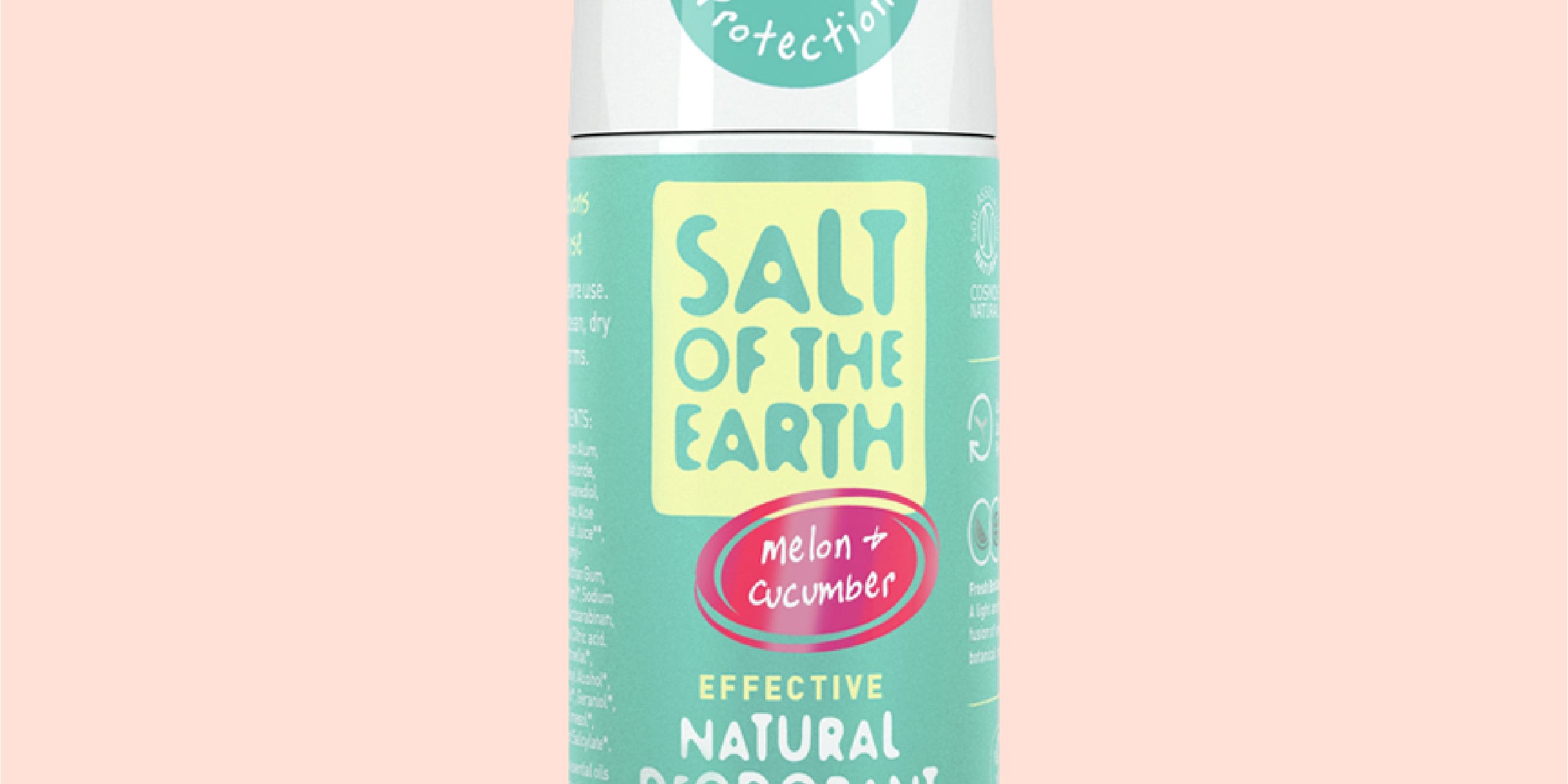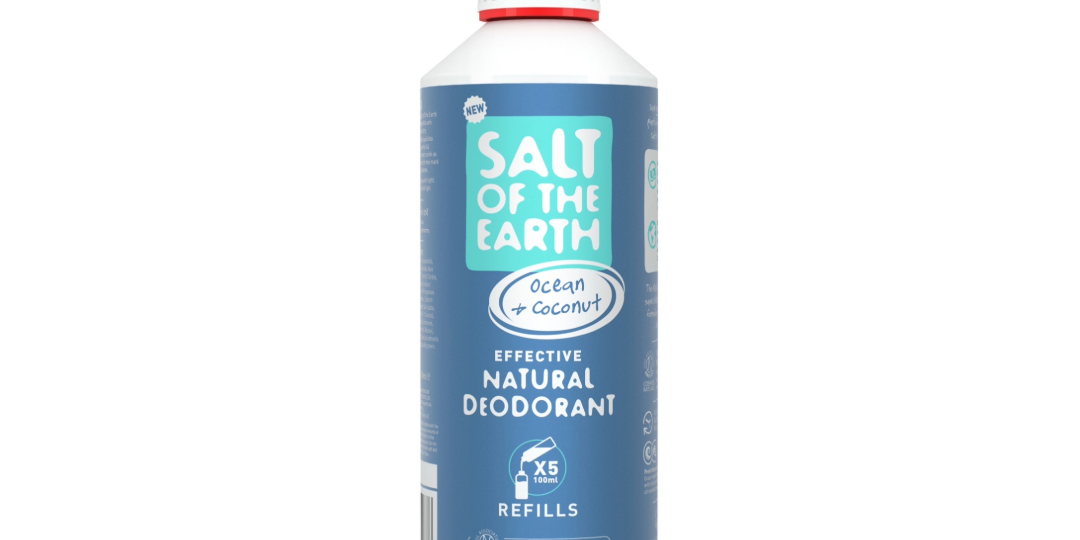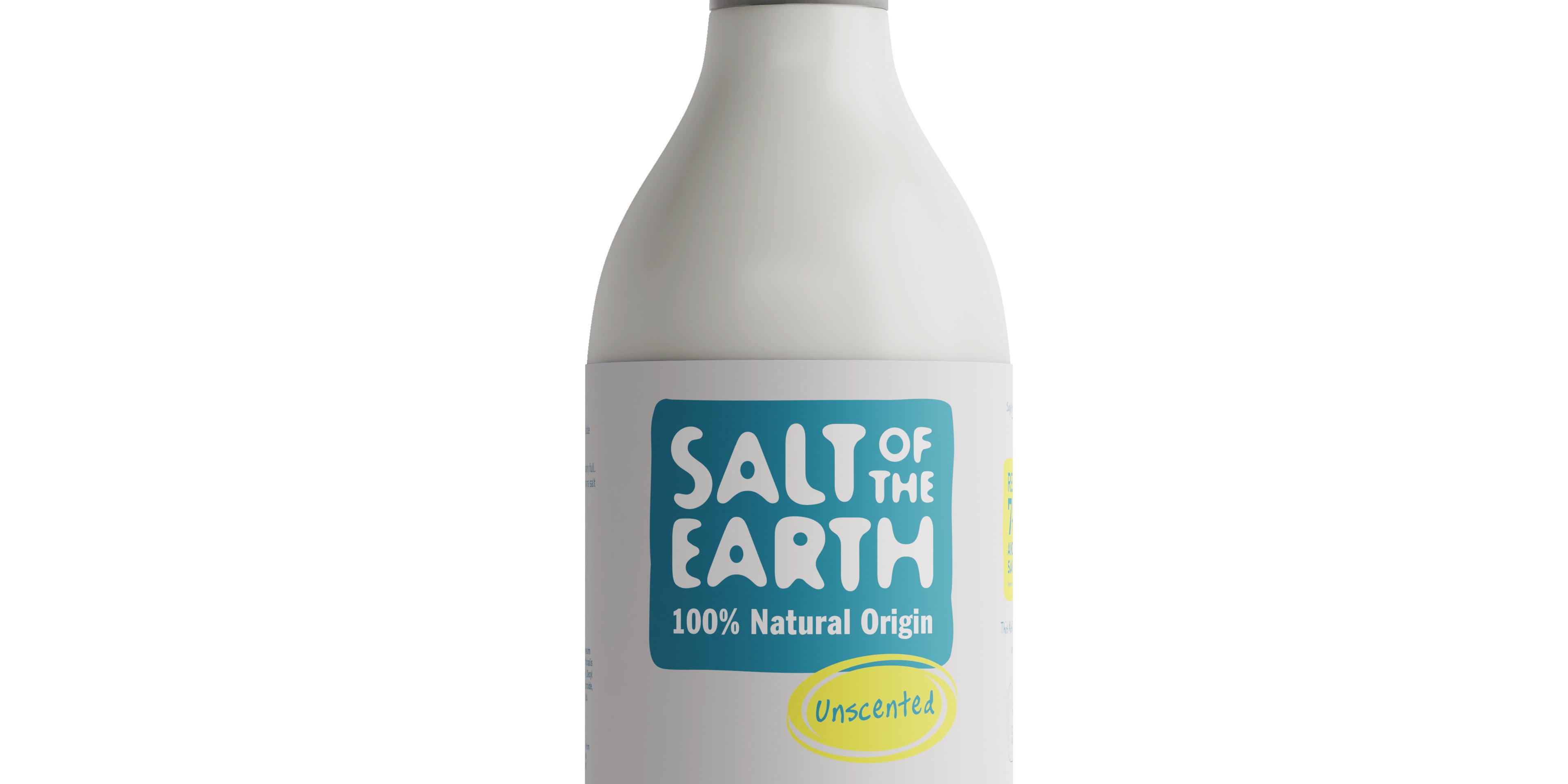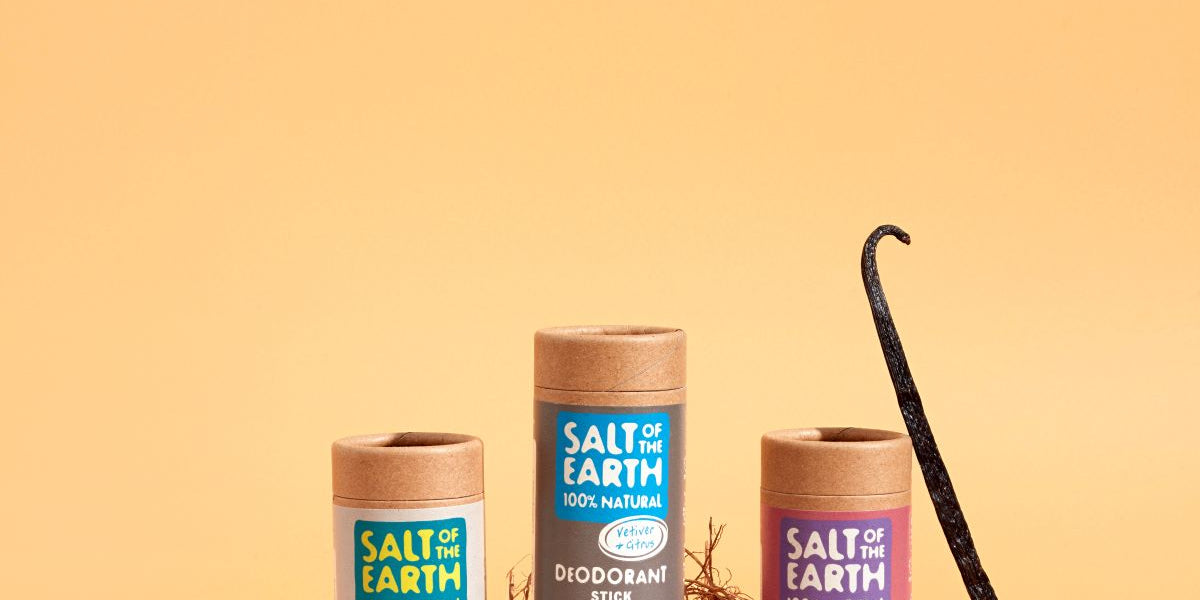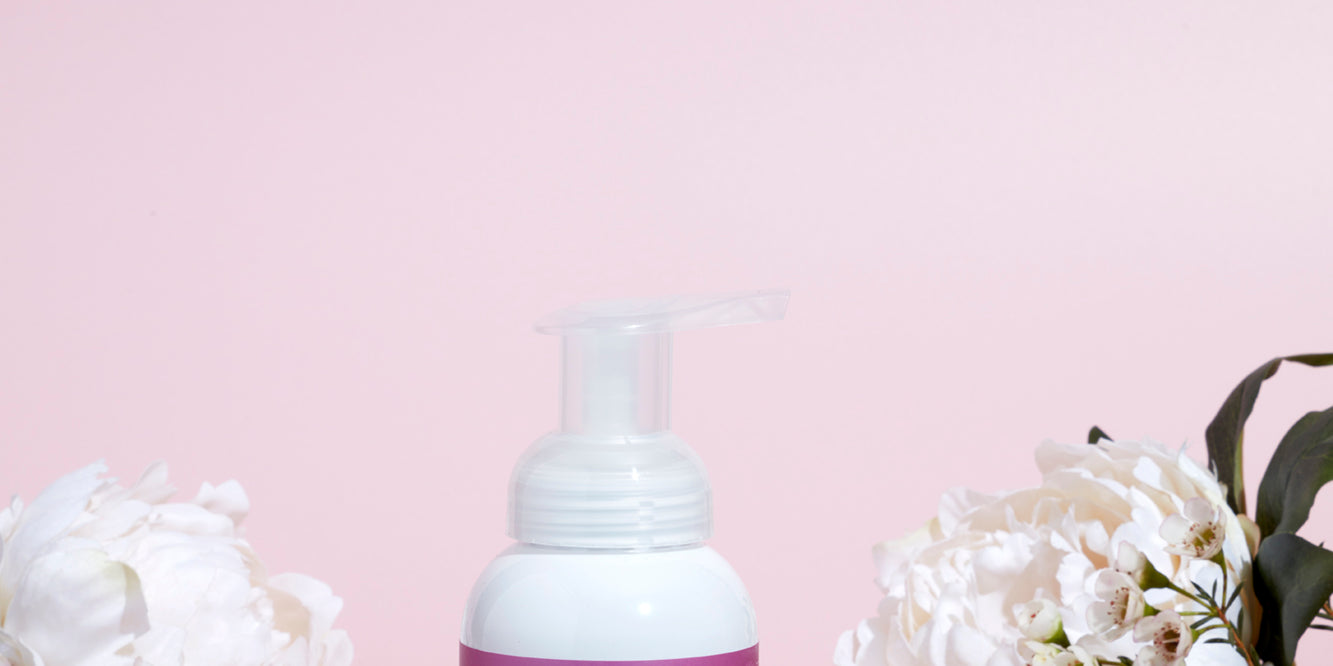Plastic vs Aluminium Bottles, GCSEs & LCAs

With GSCEs in full swing, I found myself supporting revision – last week it was Biotechnology & Crop production – how do we ensure we can feed ourselves as a world & this week, it’s been Chemistry.
I was blown away to see how much the curriculum has changed since 1980’s when I sat mine. I was also really pleased to see how many topics were based around sustainability & environmental challenges.
Sustainability & the impact on products that we manufacture should be a central consideration when launching products, be they a car, a bottle of milk or even a deodorant, especially as studies have shown that Gen Z shape their purchasing decisions around considerations that impact on the environment & our gorgeous planet.
Here at Salt of the Earth, sustainability is key to our manufacturing – & we constantly strive to do more & better. We are proud that all our products made here in the UK, are certified to the COSMOS Natural standard by the Soil Association. This certification means that the sourcing and production of ingredients and products have been assessed to be environmentally sustainable with this being checked by a third party (Soil Association). Packaging materials are also checked & only non-toxic & biodegradable cleaning products can be used in the manufacturing facilities. They even require an environmental management plan to ensure as much waste as possible is reduced, reused or recycled.
We were one of the first companies to pioneer deodorant refills, back in 2013. In 2020, we switched our spray bottle to use 50% recycled plastic & 50% sugarcane-based biopolymer. Two years later, we launched a refillable roll-on, another world first. We all know that plastic pollution is an ever growing global challenge, so avoiding single use plastic by refilling and recycling helps to alleviate this.
We have also developed plastic free options, in card and glass, for those wanting to avoid plastic. But have you ever stopped to ask yourself when you are trying to make a sustainable informed selection – which is the best one to go for?
- Is a glass jar really a more sustainable choice?
- Has your head been turned by the stylish aluminium bottles rapidly appearing on the market?
How much energy is used to make these? Which one has the lower carbon footprint? Which is more easily recycled if we are unable to reuse it as it is.
The Chemistry revision reminded me of a Life Cycle Assessment (LCA) Report, commissioned by Spectra Packaging, who supply us with HDPE plastic spray bottles, so I thought I would share it!
An LCA is a scientific study caried out to measure the environmental impact of a product across its whole life cycle, from the resources used to create the product, across its use by the user, to its final end of life destination.
The assessment, carried out by an independent company, compared four similar 300ml bottles, filled with the same product. The plastic bottles had recyclate at 30% which falls within scope of the UK Plastic Tax. For the glass and aluminium bottles, the recyclate was in line with current industry rates.
 |
 |
 |
 |
For each of the following 6 key stages of the Lifecycle, the report delved into 5 environmental impact measures:
Stages of the Life Cycle
- Ingredients Supply
- Packaging
- Manufacturing
- Distribution & Storage
- Consumer Use
- End of Life
Environment Impact Measures
- Ecosphere Impact
- Greenhouse Gas Emissions
- Non-renewable Energy and Materials
- Land Use
- Freshwater Consumption
THE RESULTS
The results for each material for each environmental impact are shown on the spider diagram, using baseline analysis - the most efficient material being 0% and the comparative increases of the other materials are calculated as a percentage, and ranked 1 to 4.

The LCA concluded that based on a UK market scenario, the HDPE bottle provided the LOWEST overall environmental footprint compared to the other options. It is for this reason that we continue to use the HDPE bottles over glass or aluminium for our sprays & roll ons.
Those made of materials which include mineral extraction and conversion present the most significant impact on the environment, despite the higher recycled content in the bottle.
Rankings
1st - HDPE
HDPE ranked lowest across four of the five measurement levers
(greenhouse gas emissions, non-renewable energy/minerals, freshwater consumption, and ecosphere impact). Within the land use driver, HDPE came second to PET.
2nd - PET
Overall, PET ranked second in our analysis, with the lowest measure recorded on land use of the four materials in the study.
3rd - Glass
Glass ranked third overall. Although it was more efficient than PET in the freshwater consumption lever, it was less efficient than HDPE bottle production due to high processing temperatures. Despite its high recyclate level, its significantly higher weight resulted in a high impact.
4th - Aluminium
Aluminium ranked last of the four materials across four of the key levers, with only the high land use for glass proving more inefficient overall. Aluminium manufacture is highly energy-intensive, resulting in the high impact of the bottle despite containing the highest recycled content.
Remember this article when choosing an aluminium option over plastic, the headline maybe “plastic-free”, but do consider the LCA of the product.
Don’t forget to check out our refillable Natural Deodorant Spray in HDPE plastic bottles supplied by Spectra Packaging.
Whatever you choose - REDUCE, REFILL, RECYLE!
Here at Salt of the Earth we have refills available for three of our bestselling natural deodorant formats. These are spray deodorants, roll on deodorants and stick deodorants. You can save of 65% of plastic by refilling your Salt of the Earth spray deodorant as an example.
If you would like more information on this LCA you can download the brochure or the full report from the Spectra Packaging website. Spectra PackagingLife Cycle Analysis - Spectra Packaging
0 comments
